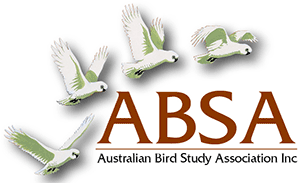Influence of hunting grounds on prey taken in adjacent territories of breeding Southern Boobooks Ninox boobook in the Australian Capital Territory
| Posted: |
28/02/2024 |
| Author(s): |
A. B. Rose, Esteban J. Fuentes, Jerry Olsen, Stephen Debus, Susan Trost |
This study presents the first evaluation of the effects of location of hunting grounds on dietary composition of breeding Southern Boobooks Ninox boobook, as a part of our long-term monitoring program. We divided a set of adjacent breeding territories into two groups: owls hunting in city suburbs, parks and urban areas (Suburb hunters); and owls hunting in forest inside Nature Reserves (Wild hunters). Suburb hunters relied more on birds (53% biomass contribution) and mammals (22.6%), whereas for Wild hunters prey biomass came mostly from the combination of birds (43.1%) and invertebrates (42.8%). For owls in both habitat classes, insects and arachnids dominated the breeding diet numerically, but by biomass vertebrates dominated. Overall Geometric Mean Prey Weight (GMPW) (1.6 and 1.9 g), and mammalian GMPW (20.5 and 20.8 g), were similar across hunting areas, although mammalian species composition differed because Suburb hunters captured more rodents and introduced species and wild hunters captured more native mammals. Also, avian GMPW was higher in suburban owl territories (51.8 g) than in bushland territories (29.8 g), reflecting the mid-sized common urban birds taken by suburban owls. Although suburban territories had higher dietary diversity, both areas showed high diversity index values.
>> Download Abstract |
File Size: 271 KB
>> Download Complete PDF | File Size: 363 KB
